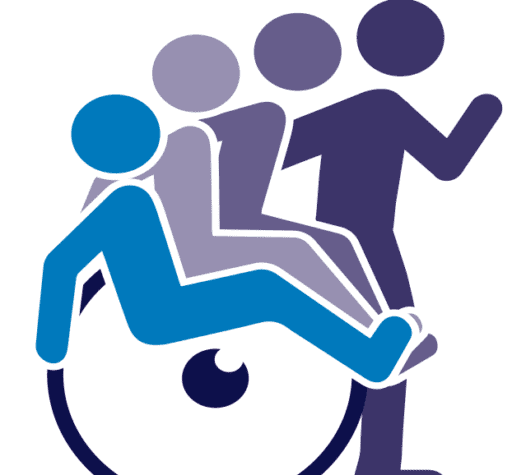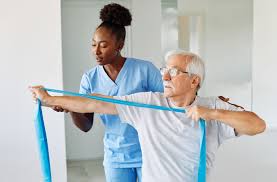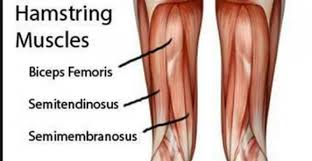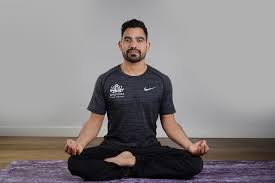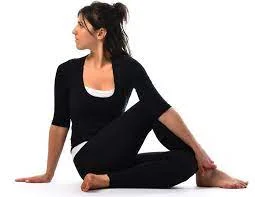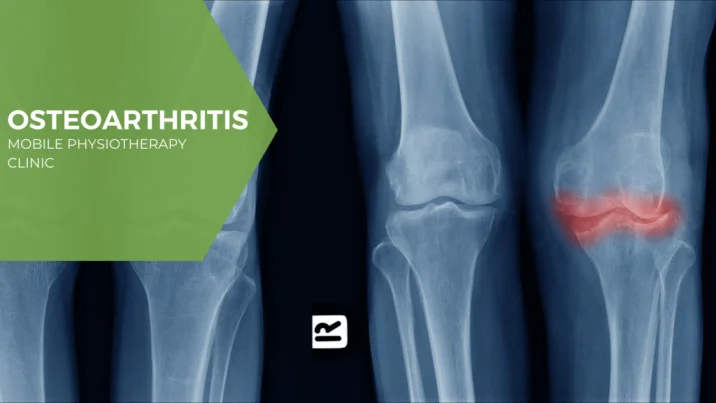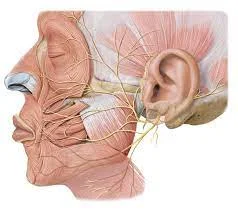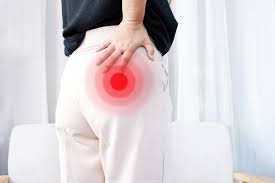Osteoporosis Exercises For Seniors
Table of Contents
Introduction:
Elderly people frequently suffer from osteoporosis, a disorder that weakens bones and raises the risk of fractures and other injuries. Frequent exercise is essential for controlling osteoporosis and slowing its progression.
Certain low-impact, weight-bearing, and strength-training activities can help older persons develop their muscles, increase their bone density, improve their balance, and lower their risk of falling.
Seniors can preserve their independence, mobility, and general quality of life by including safe and appropriate physical activity in their daily routines. The greatest workouts for seniors with osteoporosis or at risk are the main emphasis of this article.
Benefits of Exercise for Seniors with Osteoporosis:
Seniors with osteoporosis can benefit greatly from exercise since it can increase muscle mass, strengthen bones, and improve general physical performance. Frequent exercise can help maintain or perhaps slightly enhance bone density, as well as delay the rate at which bone loss occurs. While flexibility exercises enhance mobility and joint function, strengthening the muscles surrounding the bones offers improved protection and support. Exercise also improves mood, encourages independence, and supports heart health, enabling seniors with osteoporosis to lead more active and self-assured lives.
Types of Osteoporosis Exercises for Seniors:
Weight-Bearing Exercises:
Walking:
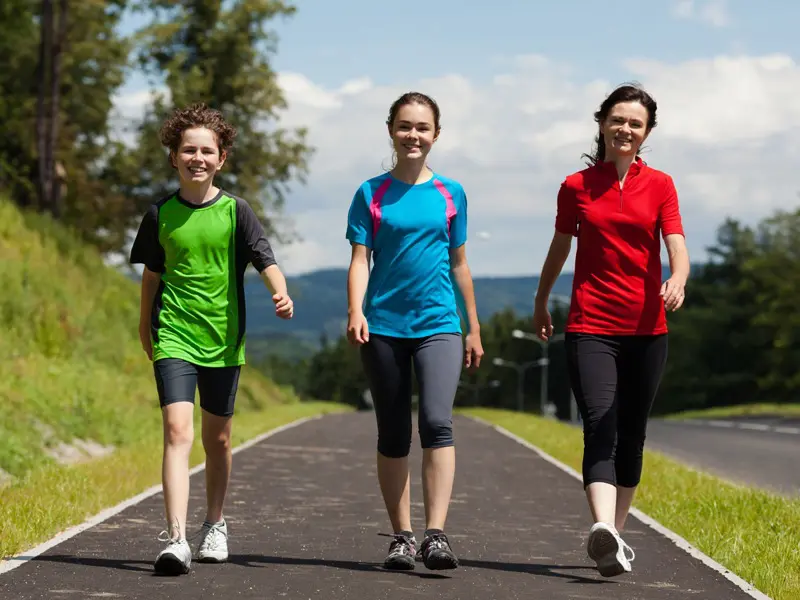
One of the best and safest weight-bearing activities for elderly people with osteoporosis is walking. It helps to preserve or increase bone density without putting undue strain on the joints by gently stimulating the bones in the spine, hips, and legs. It is simple to include in a routine and doesn’t require any particular equipment, whether you do it indoors, on a treadmill, or outdoors.
Marching in place:
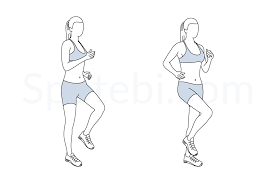
For seniors suffering from osteoporosis, marching in place is a straightforward but efficient weight-bearing exercise. It helps strengthen the hips, core, and leg muscles by having you stand still and raise one knee at a time. Marching in place may be done anywhere, even with the assistance of a wall or chair if necessary, and it is easy on the joints. It may be incorporated into a regular workout or warm-up to promote bone health and general fitness, making it an excellent choice for anyone with limited space or mobility.
Dancing:
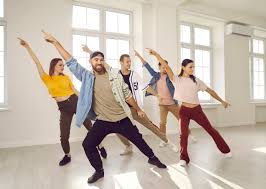
For seniors suffering from osteoporosis, dancing is an enjoyable and captivating weight-bearing activity that has several advantages. It includes rhythmic motions that enhance balance, coordination, and muscle strength while strengthening the bones in the legs, hips, and spine. Dancing is a fun and safe method to be active, whether you’re doing ballroom, line, or just freestyle at home. Dancing is a fun and healthy way to exercise, but low-impact forms are advised for seniors to prevent undue stress on brittle bones.
Stair climbing:

For seniors with osteoporosis, stair climbing is a great weight-bearing activity that strengthens the lower spine, hips, and legs. Bone density is maintained, and bone growth is stimulated by elevating the body against gravity.
Additionally, it improves cardiovascular endurance, lower body muscle tone, and balance, all of which are critical for preventing falls and improving mobility in general. Handrail support is available if necessary, and stair climbing can be done at a comfortable speed.
Seniors who have balance problems or are at a high risk of falling should, however, use caution, wear supportive footwear, and stay away from this sport.
Low-Impact Aerobics:
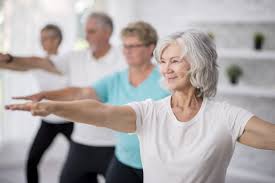
Seniors with osteoporosis benefit greatly from low-impact aerobics, which are rhythmic, moderate-intensity activities that raise heart rate without putting undue strain on the joints or bones.
Keeping at least one foot on the ground to reduce impact, these exercises usually include motions like step touches, side steps, arm circles, and mild knee lifts. Low-impact aerobic exercises promote bone density, strengthen the heart, and improve balance and coordination.
They provide seniors with a fun, safe, and efficient approach to maintain their level of activity and safeguard their bone health. They can be performed in group classes or at home with the help of instructional DVDs.
Treadmill Walking:
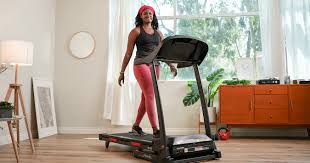
A safe, practical weight-bearing activity that is particularly helpful for elderly people with osteoporosis is treadmill walking. It has the same bone-strengthening advantages as walking outside, but it also has the added benefits of a stable environment, elevation, and customizable pace. Walking on a treadmill improves cardiovascular health, balance, and general endurance while also increasing bone density in the legs, hips, and spine.
For increased safety, seniors can grip the railings. They can begin slowly and increase the duration and intensity as tolerated. Regardless of the weather, this workout is perfect for preserving bone and muscular strength all year round.
Strength Training Exercises:
Wall push-ups:
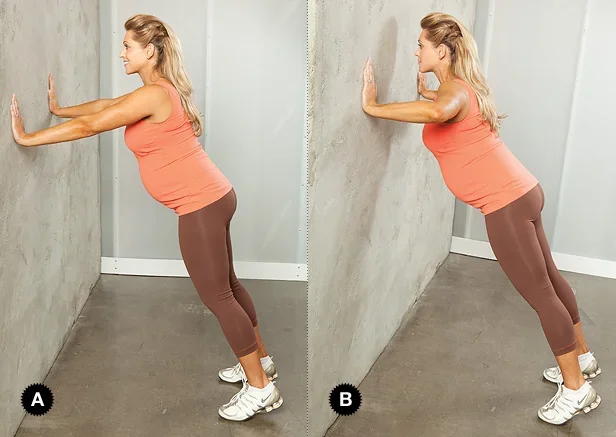
Seniors with osteoporosis can benefit from the mild and efficient strength-training activity known as wall push-ups. This exercise, which involves standing a few feet from a wall and pushing the body back and toward it, works the arms, shoulders, and chest while also activating the core muscles.
Wall push-ups are safe for people with low bone density because they don’t put as much strain on the wrists or spine as standard push-ups do. They support better posture, increase stability, and strengthen the upper body, all of which are critical for seniors to keep their independence and lower their risk of falling.
Squats:
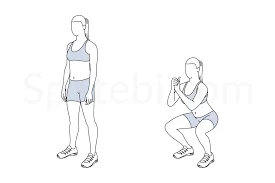
Because they help develop and maintain muscle strength in the thighs, hips, and buttocks areas crucial for supporting the spine and pelvis, squats are an extremely advantageous strength-training activity for seniors with osteoporosis.
Seniors should do chair squats or wall-supported squats for safety since they offer stability and reduce the chance of falling. Maintaining proper form is essential, which includes gradual, controlled movements, knees behind the toes, and a straight back.
Additionally, squats enhance the functional mobility, balance, and posture required for everyday tasks, including standing, sitting, and climbing stairs.
Bicep curls:
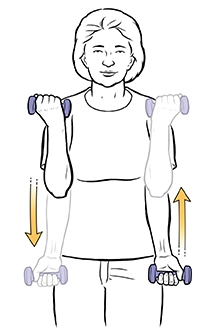
Seniors with osteoporosis can strengthen their upper bodies, especially their arms, using bicep curls, a quick and efficient strength-training activity. This exercise targets the biceps muscles by bending the elbows to pull small weights or resistance bands toward the shoulders.
By enhancing overall muscle support, arm strengthening indirectly preserves bones in addition to promoting improved posture and everyday activities like lifting and carrying goods. Because they can be performed standing or sitting, bicep curls are suitable for a range of fitness levels.
For seniors with low bone density, the exercise is safe and effective if light weights are used and regulated, and moderate motions are the main focus.
Step-Ups:
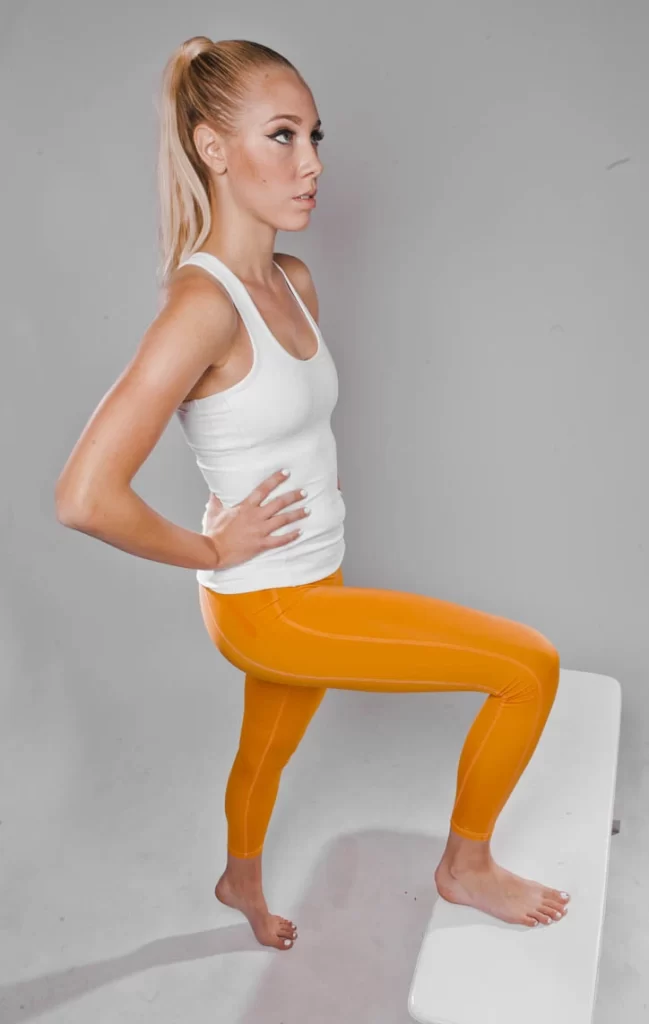
Seniors with osteoporosis can strengthen their legs, hips, and core with step-ups, a quick and efficient strength-training exercise. This exercise is useful for increasing functional mobility since it replicates commonplace motions like climbing stairs.
Seniors should begin at a modest height and work their way up as their strength increases, using a strong step and keeping a chair or railing close by for support.
Calf Raises:
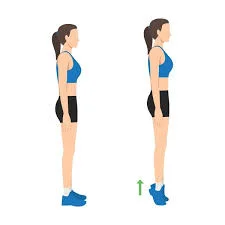
A low-impact strength-training exercise that helps seniors with osteoporosis increase their lower leg strength, stability, and balance is the calf raise. Standing erect, the participant progressively raises their heels off the floor to land on the balls of their feet before lowering themselves back down.
Shoulder Blade Squeeze:
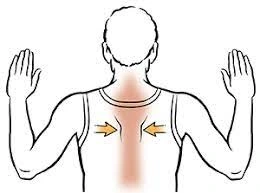
Squeezing the shoulder blades is a mild and efficient posture-correction exercise that is particularly helpful for elderly people with osteoporosis. To perform this exercise, you must sit or stand tall and slowly pull your shoulder blades back and down in a pinching motion.
It enhances postural alignment, strengthens the muscles of the shoulders and upper back, and lowers the chance of developing kyphosis, a rounded upper back that is common in osteoporosis patients. This exercise is simple and safe to incorporate into any daily routine because it may be performed multiple times a day and doesn’t require any special equipment.
Seated Row:
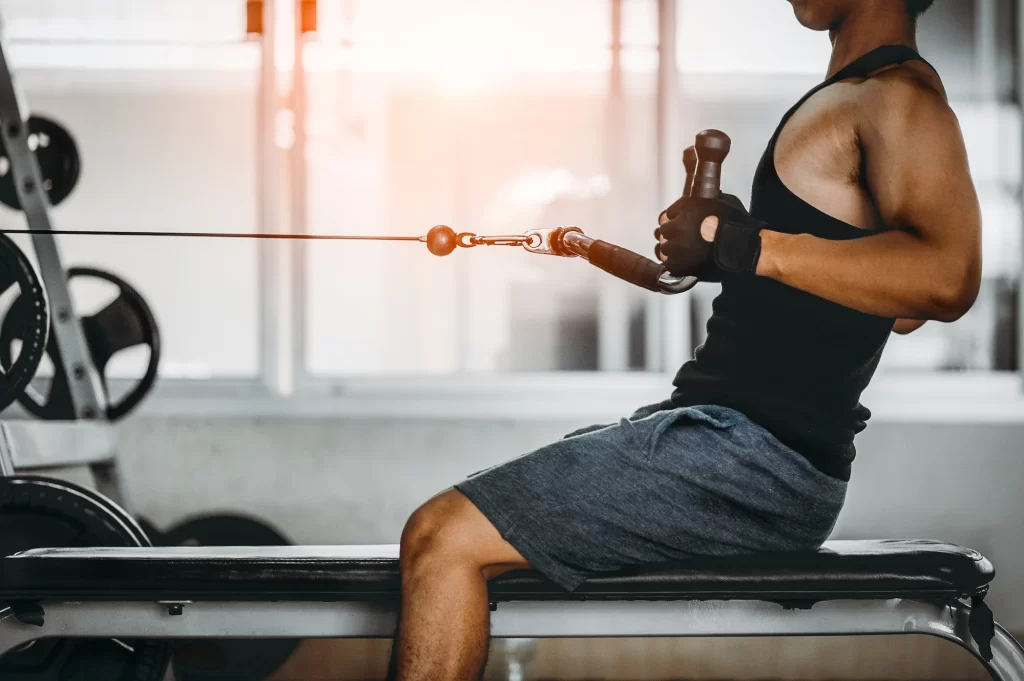
The upper back, shoulders, and arms are key muscle regions for posture and spinal stability in older adults with osteoporosis, and the seated row is a strength-training exercise that targets these areas.
This exercise is done while sitting on a chair or the floor using a cable machine or a resistance band. The exercise enhances posture, lowers the risk of back injuries, and strengthens the muscles that support the spine. For seniors who want to preserve their bone and muscular strength, seated rows are a safe and efficient option because they are low-impact and kind to joints.
Overhead Arm Raise:
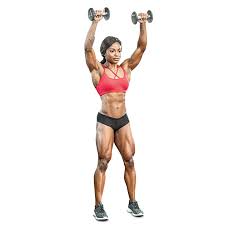
A basic strength-training exercise that helps seniors with osteoporosis develop upper body strength, especially in the shoulders, arms, and upper back, is the overhead arm raise. Using either body weight, resistance bands, or light weights, the arms are raised straight overhead and then slowly lowered back down for this exercise.
It enhances posture, muscle endurance, and shoulder mobility, all of which are critical for everyday activities like lifting and reaching. Slow, deliberate movements are necessary for safety; jerking or back arching should be avoided. Because they may be performed standing or sitting, overhead arm raises provide a flexible and approachable complement to an osteoporosis-safe exercise regimen.
Toe Stands:
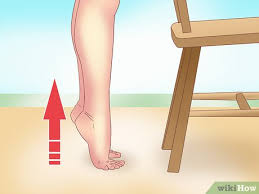
For seniors with osteoporosis, toe stands are an easy and efficient strength and balance exercise. In this exercise, the heels are raised off the ground, the toes are slowly raised onto the balls of the feet, and the heels are then gently lowered back down.
Strengthening the calves, ankles, and feet with toe stands is essential for preserving stability and averting falls. Additionally, they promote improved coordination and posture. For balance, you can do this exercise while clinging to a wall, countertop, or chair.
Toe stands are a useful complement to an osteoporosis-friendly program since they can improve lower body strength and confidence in everyday motions when performed regularly.
Balance and Posture Exercises:
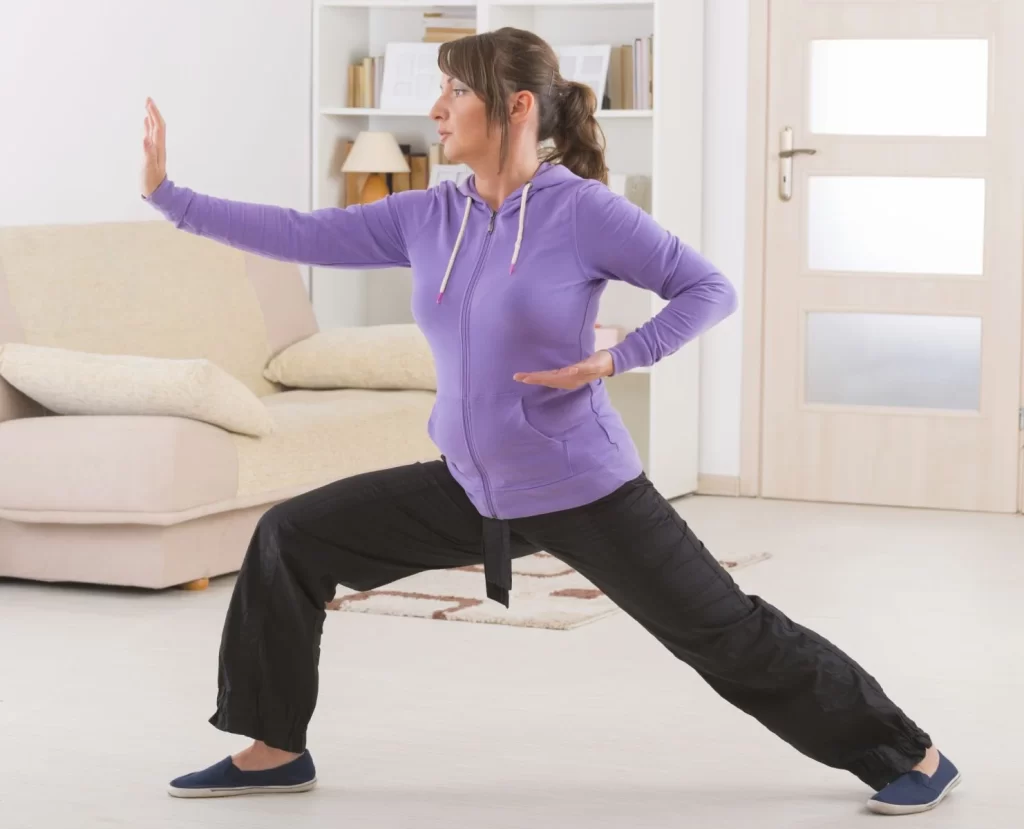
Seniors with osteoporosis benefit greatly from tai chi, a mild, low-impact form of exercise. Without putting undue strain on the bones or joints, it also encourages improved posture and joint stability. Apart from its physical advantages, Tai Chi promotes mental health by lowering stress and increasing relaxation. Tai chi is a safe and highly recommended activity for elders controlling osteoporosis because of its gentle nature.
Heel-to-toe walk:

Regularly performing the heel-to-toe walk improves posture and coordination, both of which are critical for elderly people with low bone density. It can be done with a support surface to cling on in case of necessity or close to a wall for safety.
Single-leg stands:
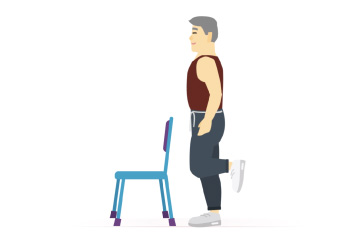
For seniors with osteoporosis, single-leg stands are a good balancing exercise that can strengthen the lower body, increase stability, and lessen the risk of falls. Standing on one leg and maintaining the other leg slightly raised off the ground for a few seconds is the exercise’s objective. It improves coordination and postural control by activating the muscles in the legs, hips, and core. Regular practice helps seniors with reduced bone density keep their independence and boosts their confidence in everyday activities.
Wall Angels:
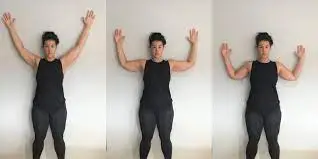
Seniors with osteoporosis can benefit from wall angels, a mild mobility and posture exercise that enhances spinal alignment, upper back strength, and shoulder flexibility. Wall angels promote upright posture, avoid kyphosis, and strengthen the muscles between the shoulder blades, all of which are critical for maintaining bone health in the spine.
Flexibility and Stretching Exercises:
Hamstring stretches:
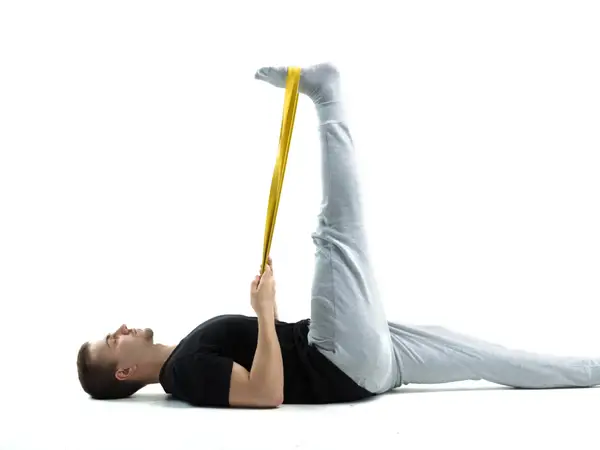
Seniors with osteoporosis can retain their mobility and lessen stiffness in the back of their thighs by performing mild flexibility exercises called hamstring stretches. Tight hamstrings can lead to bad posture and put more strain on the spine and lower back, which is especially dangerous for people with weaker bones. Stretching these muscles promotes better alignment, increases flexibility, and lessens pain when doing daily tasks like sitting, bending, and walking. The stretch should be done slowly, without bouncing, and held for 15 to 30 seconds without generating pain.
Cat-cow stretch:
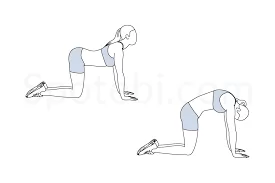
The Cat-Cow Stretch is a soft, flowing exercise that is particularly good for elderly people with osteoporosis since it helps with circulation, posture, and spinal flexibility. This stretch, which can be done on hands and knees or while seated, alternates between elevating the head and chest (cow) and arching the back upward (cat).
Better mobility in the neck and back is encouraged by this regulated action, which also strengthens the supporting core muscles and relieves tension in the spine. The Cat-Cow Stretch is a safe and efficient component of an osteoporosis-friendly regimen because it is low-impact and easily adaptable for elderly people with restricted mobility.
Chest opener:
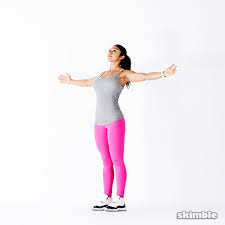
A mild stretching exercise called a chest opener helps seniors with osteoporosis open up their chest, improve posture, and lessen stiffness in their upper back. Due to bone loss and muscular weakness, many elderly persons develop kyphosis, or a rounded upper back, which can cause breathing problems and bad posture. It can be done sitting or standing, with the hands clasped behind the back or clutching a towel, and the shoulders gently pulled back and down. In a safe and controlled manner, this stretch maintains spinal health, eases tension, and encourages improved alignment.
Seated spinal twists:
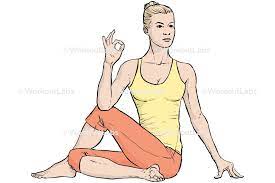
Gentle flexibility exercises called seated spinal twists can help increase spinal mobility and relieve torso and back stress. For seniors with osteoporosis, these stretches must be done with great caution, as severe twisting of the spine might increase the risk of fractures. Seated spinal twists can improve circulation, reduce lower back and mid-back stiffness, and promote better posture when done slowly and within a comfortable range.
To perform this stretch, sit up straight in a chair, place one hand on the knee on the other side, and slowly rotate your upper body sideways while maintaining a long spine. To guarantee safety, it’s crucial to steer clear of turns that are too deep or powerful and to concentrate on moving smoothly and deliberately.
Child’s Pose:
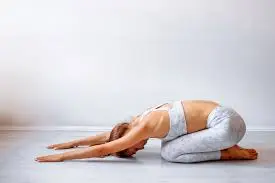
A mild stretching technique called “Child’s Pose” helps seniors with osteoporosis relax and release tension in their shoulders, hips, and back. A modified form of the pose that incorporates support, like a pillow beneath the chest or between the thighs and calves, can be safer and more pleasant for seniors.
Neck Stretch:
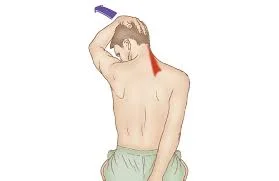
Seniors with osteoporosis can benefit from neck stretches, which are easy and efficient flexibility exercises that ease stiffness, increase range of motion, and ease stress in the upper shoulders and neck. Stretches for the neck improve posture, ease tense muscles, and lessen pain from forward head posture, which is frequent in people with weak spinal bones. These easy stretches are a safe complement to any daily routine and may be done standing or sitting.
Shoulder Rolls:
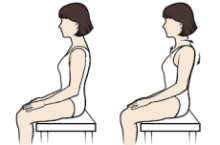
This exercise helps to relieve stress, enhance shoulder mobility, and promote circulation in the upper body by gently rolling the shoulders up, back, and down in a circular manner. Frequent shoulder roll practice promotes upright posture, strengthens the muscles supporting the upper spine, and lessens stiffness caused by extended sitting or rounded shoulders. The exercise is a safe and accessible way for elders to improve bone health and maintain flexibility because it may be done standing or sitting, with or without arm mobility.
Seated Forward Bend :
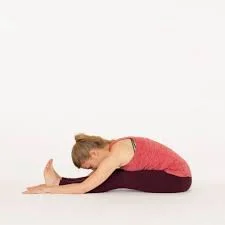
This stretch needs to be done very carefully for elderly people with osteoporosis to prevent overstressing their spines. In a safe variation, the person sits with their legs out in front of them on a chair or the floor, then leans forward from the hips, reaching for their knees or feet without rounding their back. For support, lay a pillow or rolled towel beneath the knees. The movement should be moderate and restricted to a comfortable range because the aim is to stretch without straining. When done correctly, this stretch increases flexibility, decreases stiffness, and encourages relaxation.
Calf Stretch:
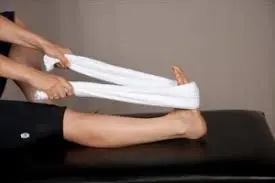
A mild and helpful flexibility exercise for seniors with osteoporosis, calf stretches help them stay mobile and less rigid in their lower legs. Stretching the calf muscles in the rear of the lower leg enhances posture, balance, and walking ability. Frequent calf stretches promote safe movement throughout everyday tasks and increase flexibility.
Side Stretch:
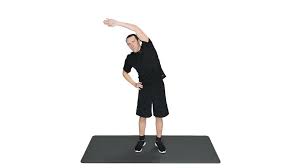
Seniors with osteoporosis can benefit from side stretches, a mild flexibility exercise that increases waist, ribcage, and spine mobility while decreasing side torso stiffness. Keeping the action fluid and controlled, this stretch includes lifting one arm above and gradually bending the body to the other side.
It encourages improved breathing and posture while lengthening the muscles along the side of the body. It can be done standing or sitting with one hand on a wall or chair for extra support and safety. To maintain the spine and prevent strain, seniors should only stretch within a comfortable range and refrain from excessive twisting or bending.
Conclusion:
One effective strategy for controlling osteoporosis in the elderly is regular, safe exercise. Weight-bearing, strength-training, balancing, and flexibility activities can help older persons improve their posture, increase their mobility, strengthen their bones, and lower their risk of fractures and falls.
In addition to improving physical health, these activities also foster self-reliance, self-assurance, and general well-being. Seniors with osteoporosis can preserve their quality of life, keep their bones, and lead active, healthier lives with the right support and care.
FAQs
The initial line of treatment for osteoporosis is frequently bisphosphonates. Among them is the weekly tablet alendronate (Fosamax). A weekly or monthly tablet called Risedronate (Actonel, Atelvia).
Dairy products and alternatives: The majority of dairy alternatives, including almond milk and soymilk, are fortified with calcium, and anything manufactured from cow’s milk is a rich source of the mineral.
Although osteoporosis usually goes unnoticed, there are five possible signs to look out for: reduced grip strength, frequent fractures, stooped posture, loss of height, and back pain. According to medical professionals, these symptoms may point to weakened bones and a higher chance of fracture.
Medication and lifestyle changes are frequently combined to provide the safest and most efficient treatment for osteoporosis. Because they can halt bone loss and lower the risk of fracture, bisphosphonates (such as alendronate, risedronate, or zoledronic acid) are typically the first-choice treatment for most people. Those who cannot tolerate bisphosphonates may be treated with other drugs, such as denosumab. To manage osteoporosis and reduce the risk of fracture, lifestyle modifications such as consistent weight-bearing and resistance exercise, a diet high in calcium and vitamin D, and fall avoidance techniques are essential in addition to medication.
The synthesis of collagen, which maintains connective tissues and bone density, depends on vitamin C. Fruits like dates, figs, and prunes are also known to strengthen bones and may help stop bone loss.
A calcium-rich diet, vitamin D consumption, weight-bearing and resistance training, and lifestyle changes are the main strategies to boost bone density after the age of sixty.
Every week, adults between the ages of 19 and 64 should engage in at least two hours and thirty minutes of moderate-intensity aerobic exercise, such as quick walking or cycling.
Aerobic weight-bearing exercises
Walking, dancing, gardening, elliptical exercise equipment, low-impact aerobics, and stair climbing are a few examples. To decrease bone loss, these exercises target the lower spine, hips, and legs directly.
References:
- Exercising with osteoporosis: Stay active the safe way. (n.d.-b). Mayo Clinic. https://www.mayoclinic.org/diseases-conditions/osteoporosis/in-depth/osteoporosis/art-20044989
- Exercise for bone health. (n.d.-b). https://theros.org.uk/information-and-support/bone-health/exercise-for-bones/
- Exercises for osteoporosis of the spine. (n.d.-b). https://www.getwellen.com/well-guide/top-exercises-for-osteoporosis-of-the-spine
- Hellicar, L. (2023b, June 9). 6 exercises for osteoporosis of the spine. https://www.medicalnewstoday.com/articles/exercises-for-osteoporosis-of-the-spine
- Joan. (2022, April 28). Exercises for osteopenia of the spine — Joan Pagano Fitness. Joan Pagano Fitness. https://www.joanpaganofitness.com/aging-gracefully-blog/2022/2/15/exercises-for-osteopenia-of-the-spine
- Dziok, M. (2023, November 27). Exercises for osteoporosis. Healthy Bones Australia. https://healthybonesaustralia.org.au/news/exercises-for-osteoporosis/
